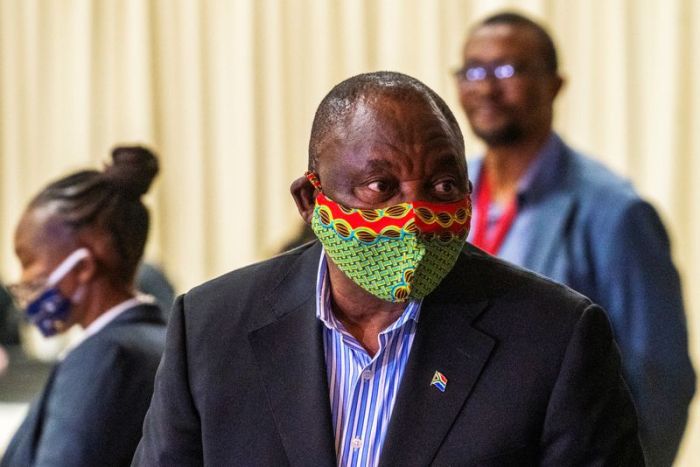NEW YORK (Reuters) – Wall Street took a nosedive on Friday on fears that the world’s two largest economies could resume a trade war, dragging down a global stocks index on a day that many financial markets were closed for a holiday.
The euro rose and the U.S. dollar fell against most of its peers, while the pound succumbed to weak economic data. Crude oil prices traded in and out of negative territory.
A threat by President Donald Trump to impose new tariffs on China in retaliation for its handling of the novel coronavirus outbreak soured investor sentiment.London, Tokyo and New York markets were all open on Friday, although much of Europe and Asia were closed for International Workers’ Day.
Trump offered no evidence after claiming on Thursday he had seen proof that the virus originated in a Chinese laboratory. The pandemic, which has cost more than 60,000 lives in the United States alone, has sparked a steep economic contraction and is threatening Trump’s chances of re-election in November.
“A rise in tension between China and the U.S. certainly could have a negative impact on the U.S. economy and business confidence, which is already hurt from the shutdowns,” said Carin Pai, director of equity management at Fiduciary Trust International in New York.
The Dow Jones Industrial Average fell 622.03 points, or 2.55%, to 23,723.69, the S&P 500 lost 81.72 points, or 2.81%, to 2,830.71, and the Nasdaq Composite dropped 284.60 points, or 3.2%, to 8,604.95.
The benchmark London stocks index lost 2.34% and MSCI’s gauge of stocks across the globe shed 2.17%. The global index rose over 1% this week.
U.S. Treasury yields were little changed after data showed manufacturing activity in the world’s largest economy plunged to an 11-year low in April.
The market looked ahead to next week’s projection for U.S. borrowing in the second quarter to finance enormous stimulus efforts aimed at combating the economic fallout of the coronavirus outbreak.
Tom Simons, money market economist at Jefferies in New York, said the Treasury’s projection for second-quarter borrowing is going to be “astronomical.”
“There’s a lot of uncertainty how Treasury is going to handle the financing issues because the total number they have to come up with is so big,” he said.
Benchmark 10-year notes last rose 2/32 in price to yield 0.6181%, from 0.625% late on Thursday.
In a sign of the challenge facing global policymakers, the European Central Bank said the euro zone economy is likely to rebound in the second half of this year but may fail to return to last year’s level until as late as 2022 due to the pandemic.
However, the euro index rose the most in nearly six weeks.
The dollar index fell 0.05%, with the euro up 0.21% to $1.0978.
The Japanese yen strengthened 0.26% versus the greenback at 106.93 per dollar, while sterling was last trading at $1.2491, down 0.80% on the day.
The offshore Chinese yuan hit its weakest in a month versus the U.S. dollar after Trump’s tariff threats.
Oil prices wobbled again as weak demand due to the virus and excess supply outweighed a record output cut by OPEC and its allies. U.S. crude recently rose 4.78% to $19.74 per barrel and Brent was at $26.52, up 0.15% on the day.
Spot gold added 1.1% to $1,698.53 an ounce.
(Reporting by Rodrigo Campos; additional reporting by C Nivedita and Shreyashi Sanyal in Bengaluru, Karen Brettell in New York and Karen Pierog in Chicago; editing by Dan Grebler and Leslie Adler)






















